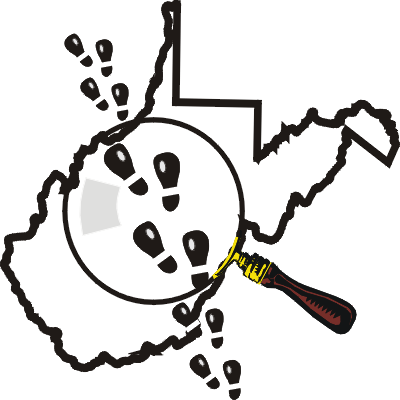
West Virginia
Infectious Disease Epidemiology Program
 |
West Virginia |
Public FAQ:
|
|
West Virginia Department of Health and Human Resources Information for the Public – La Crosse EncephalitisWhat is La Crosse encephalitis?"Encephalitis" means inflammation of the brain. La Crosse encephalitis is caused by a virus and is spread by mosquito bites. La Crosse virus can infect people, chipmunks, or squirrels. West Virginia has about 50 cases of La Crosse encephalitis every year. What are the symptoms of La Crosse encephalitis?Most people with La Crosse infection do not get sick. Some people get headache, fever, nausea, vomiting, drowsiness, and confusion. In severe cases, people may have seizures or go into a coma. La Crosse is rarely fatal, but children may have headaches, seizures, or other problems after they get well. How is La Crosse encephalitis spread?La Crosse encephalitis is spread only by the treehole mosquito. This mosquito lives in the woods and lays eggs only in containers that hold water. Tires, cans, bottles, buckets, tire swings, toys, or any container that holds water can allow the treehole mosquito to breed near your home. Who is most at risk for La Crosse encephalitis?Children under age 16 are most at risk, but disease can occur at any age. Children are more likely to get the infection if:
How can I protect my children?Remove old tires, buckets, cans, bottles, planters, toys, tire swings, or any container that can hold water from the yard where your children play. OR – drill a drainage hole in that tire swing so it won't collect water! Make sure your gutters drain well. Use mosquito repellent containing DEET on children playing out doors. Apply sparingly and wash the children off with soap and water when they come in. Avoid application to the hands and face of young children. Follow the directions on the package carefully. Call your doctor if your child becomes ill.
|
|
State
of West Virginia (WV) A-Z Listing of West Virginia's Reportable Diseases
|